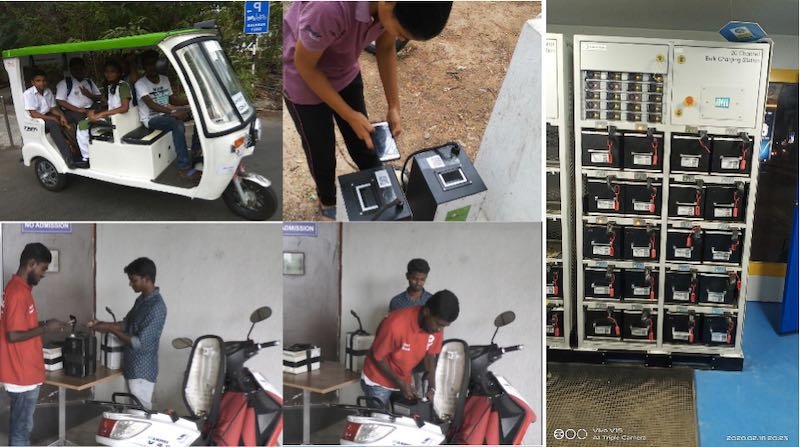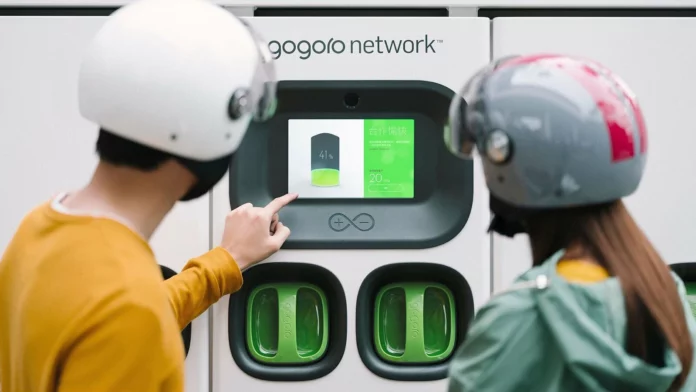The electric vehicle industry is still waiting for the battery swapping policy, which finance minister Nirmala Sitharaman announced in the budget for 2022–2023, even as international investors rush to clean mobility projects, encouraged by India’s decarbonization goals.
The battery swapping policy is anticipated to provide solutions for the space shortage in cities and to shorten the amount of time it takes to charge a vehicle, particularly commercial two- and three-wheel EVs. The federal think tank NITI Aayog released the draught policy almost a year ago, after several rounds of stakeholder consultation with battery swapping and charge-point operators, as well as vehicle manufacturers.
The battery swapping policy’s release has been delayed by the widespread opposition from industry players to the interoperability standards, which require swappable batteries to have a specific set of outer dimensions to qualify for incentives.
“The Bureau of Indian Standards (BIS), which was entrusted with formulating the specifications, was asked to not release the standards as the industry believes they are skewed towards one particular original equipment manufacturer (OEM), and standardizing the battery dimensions will involve lot of changes to the platforms that operators and OEMs have built and will not be feasible in the current business case. Commerce and industry minister Piyush Goyal, who chaired many meetings with the industry, decided that the interoperability standards will not be released,” a senior government official close to the developments.

The official added that a government agency had also contacted the Prime Minister’s Office to ask for his help in persuading the Niti Aayog and the BIS to either release the battery-swapping policy without the interoperability standards or to start a new round of discussions with the Department of Science and Technology (DST) and all stakeholders to decide how interoperability for customers could be achieved without establishing uniform battery pack dimensions.
The battery swapping policy standards, while not being required for all OEMs, were intended to serve as the foundation for FAME-II-like customer incentives to purchase vehicles with swappable batteries and to create a level playing field for both direct charging and swappable battery solutions. The delay might undermine the faith investors have so far expressed in the developing sector, which depends on precise government regulations to grow.
Also Read:


